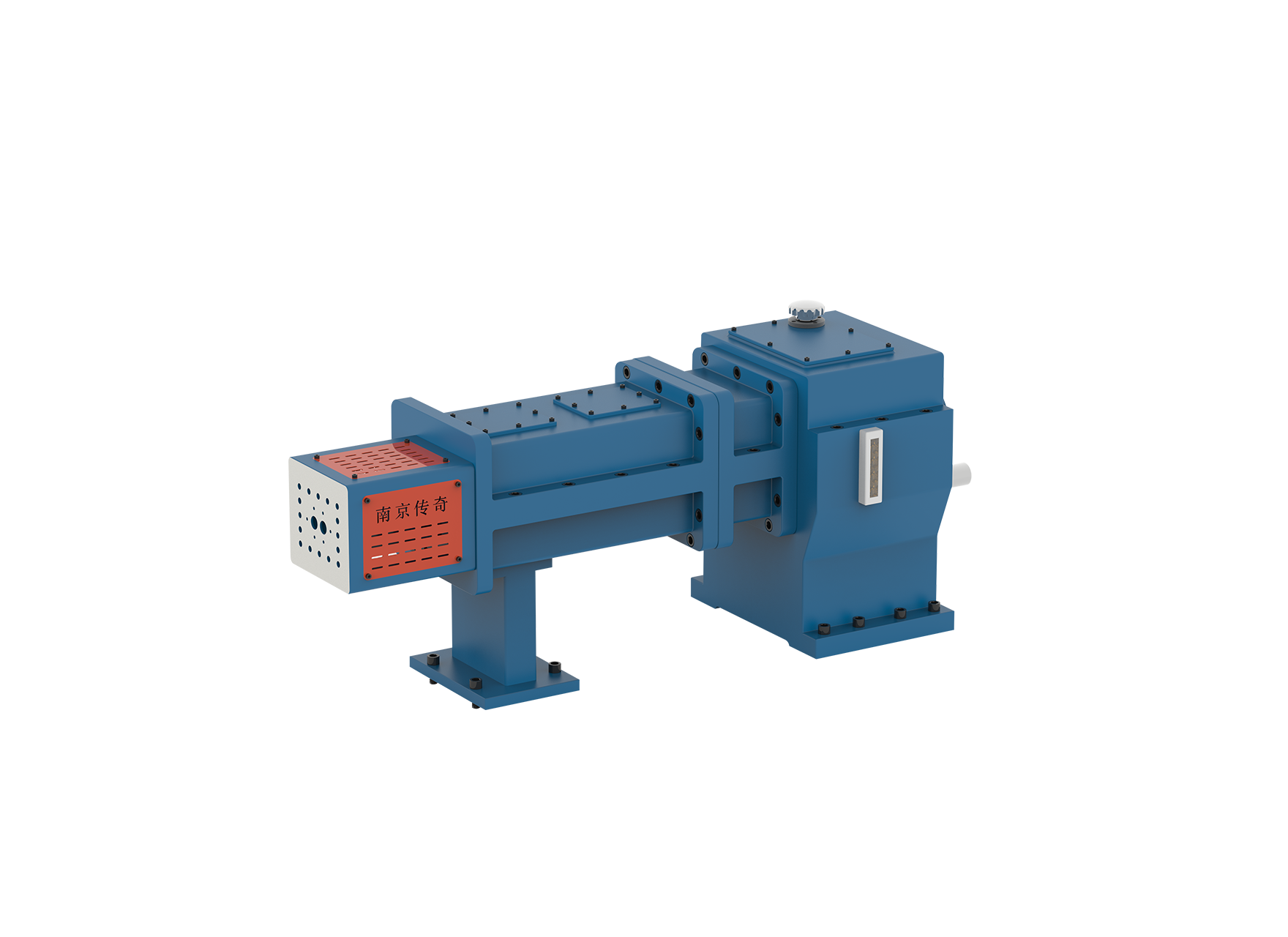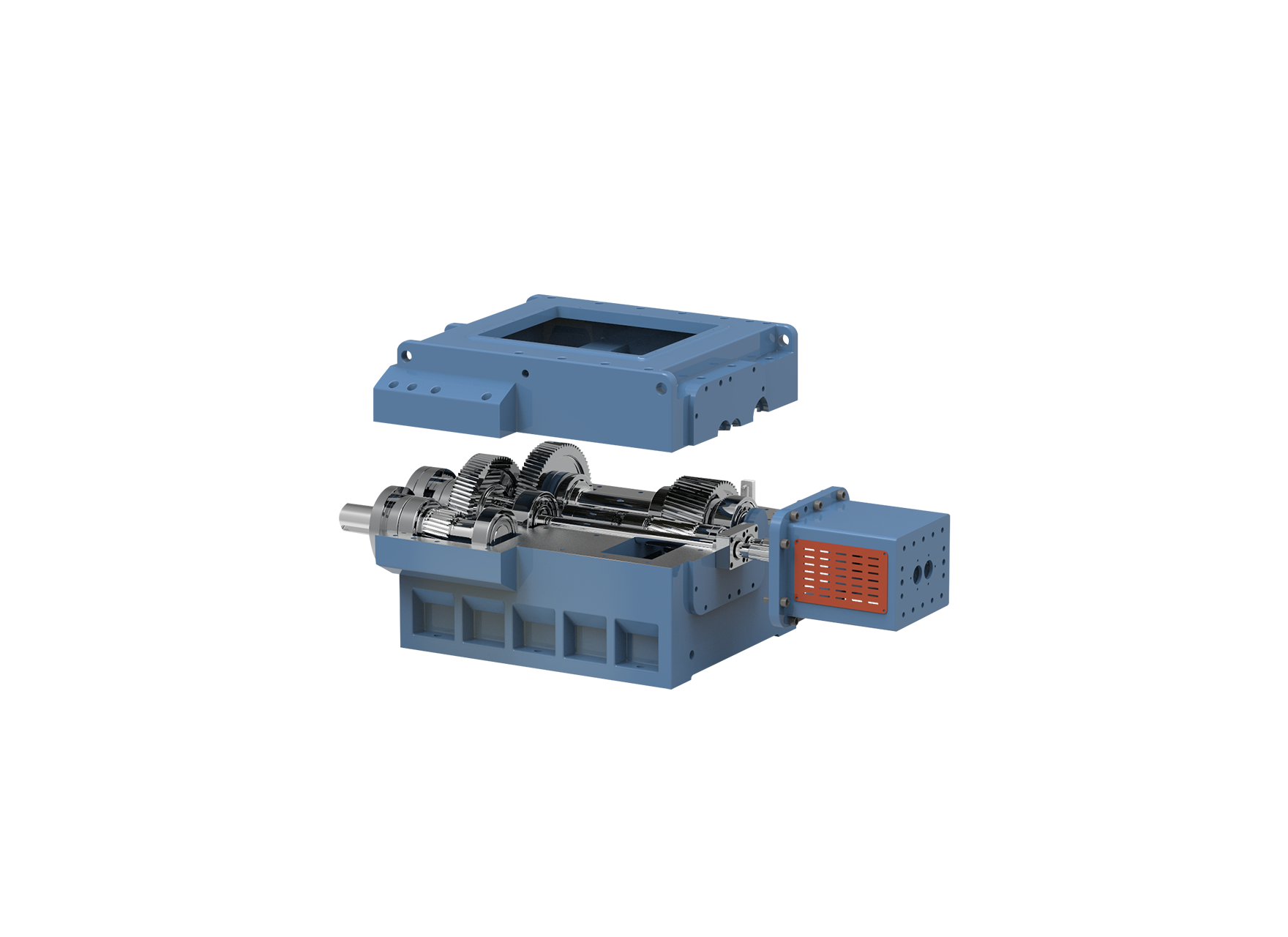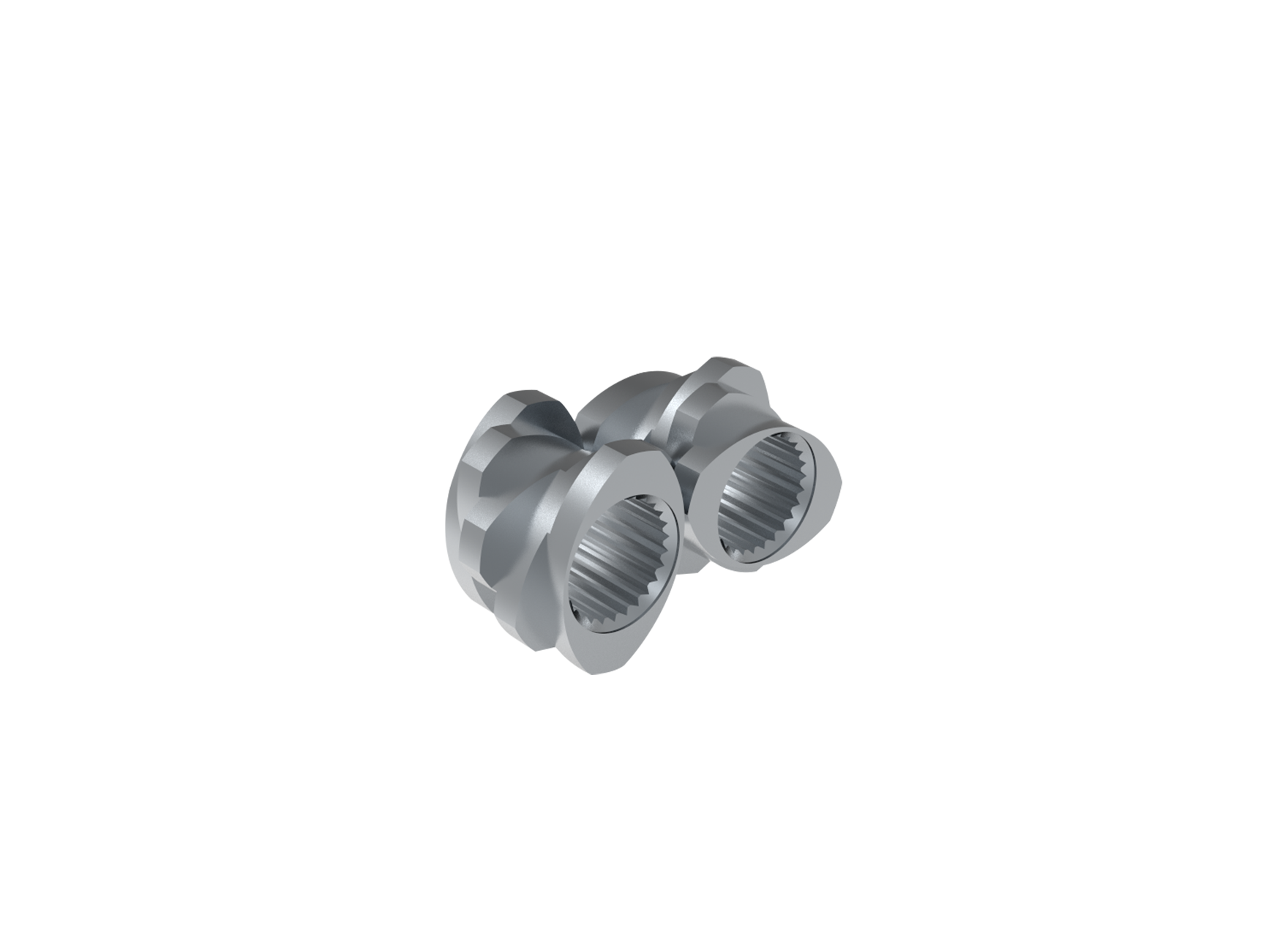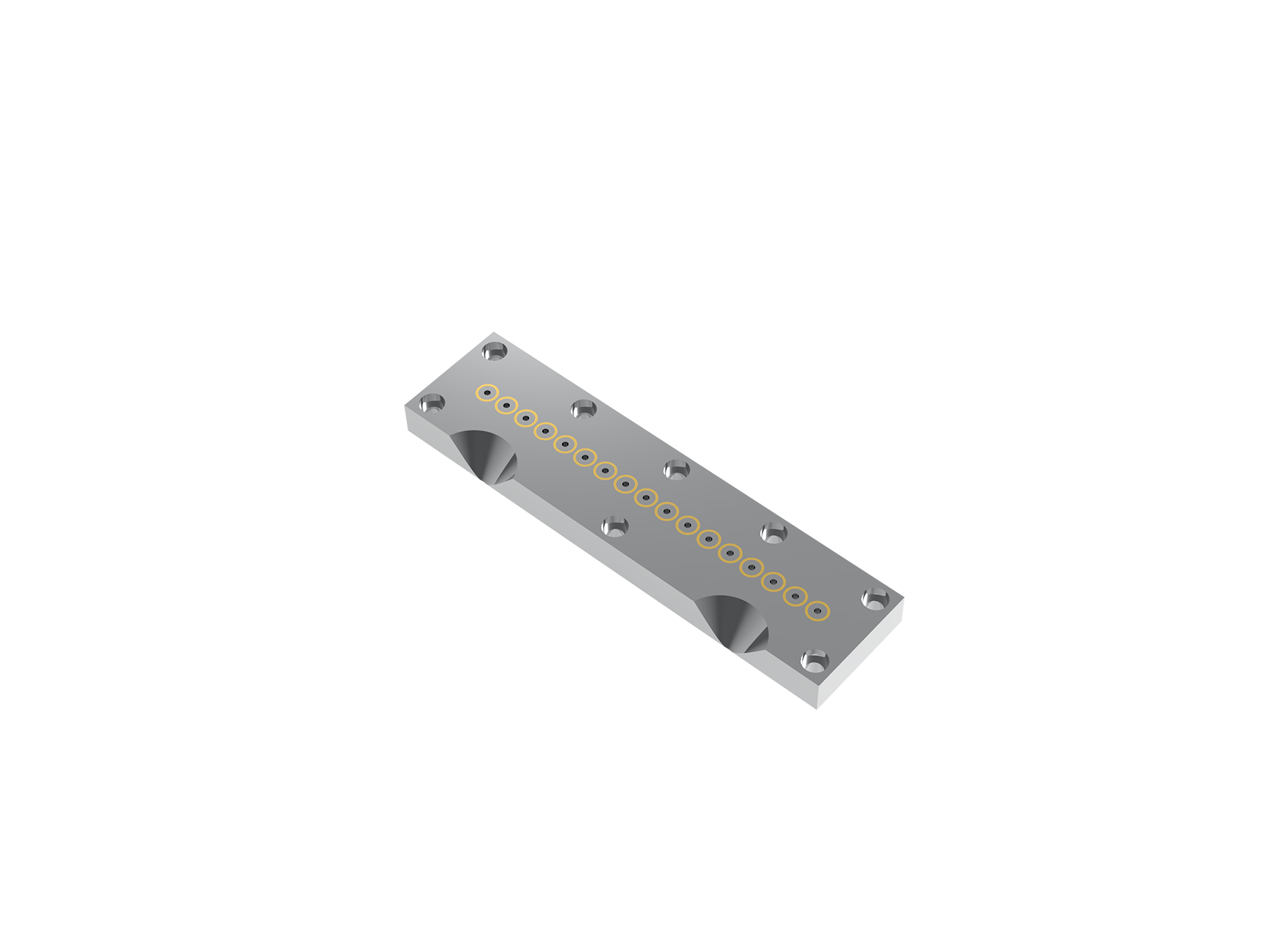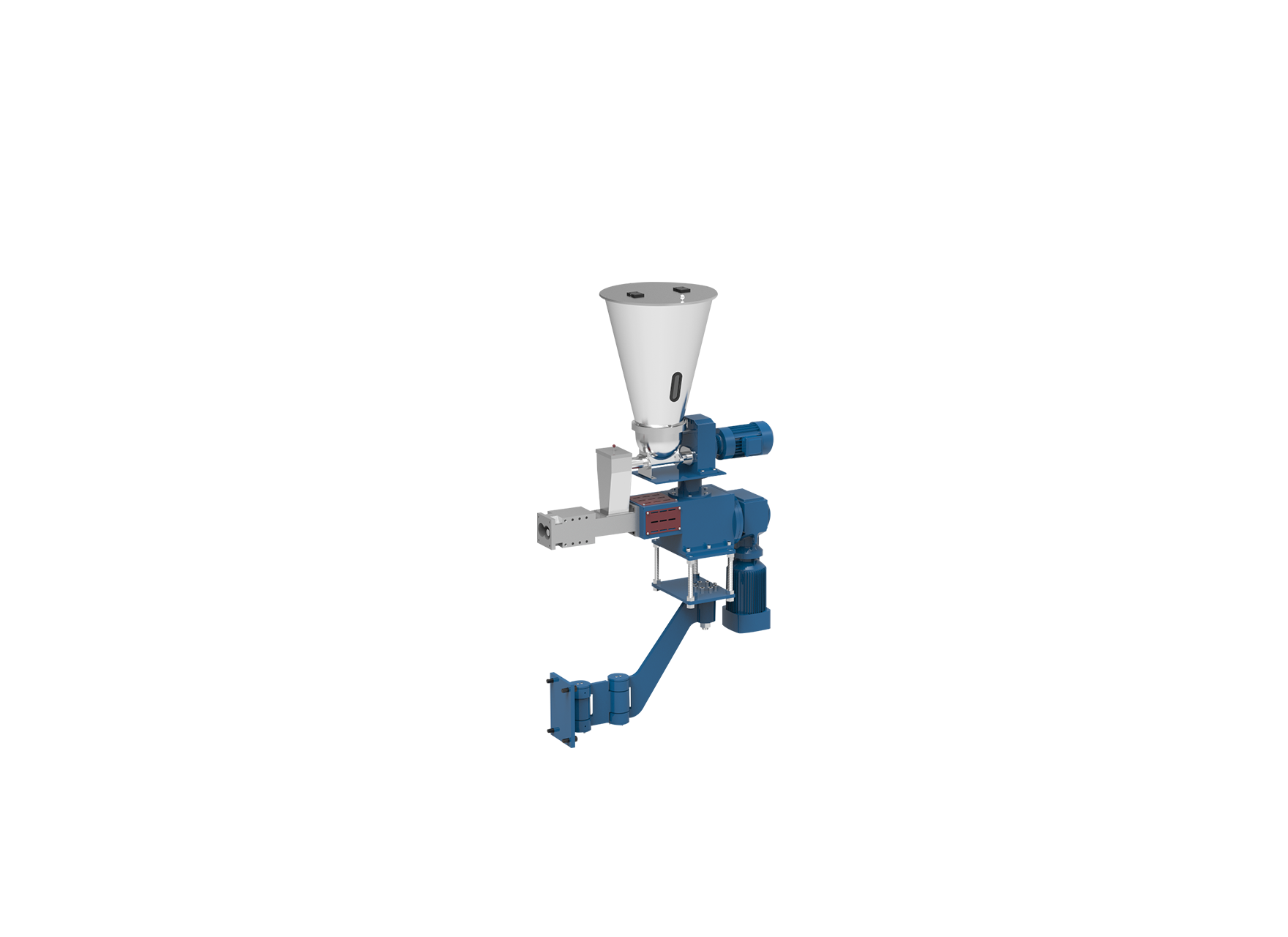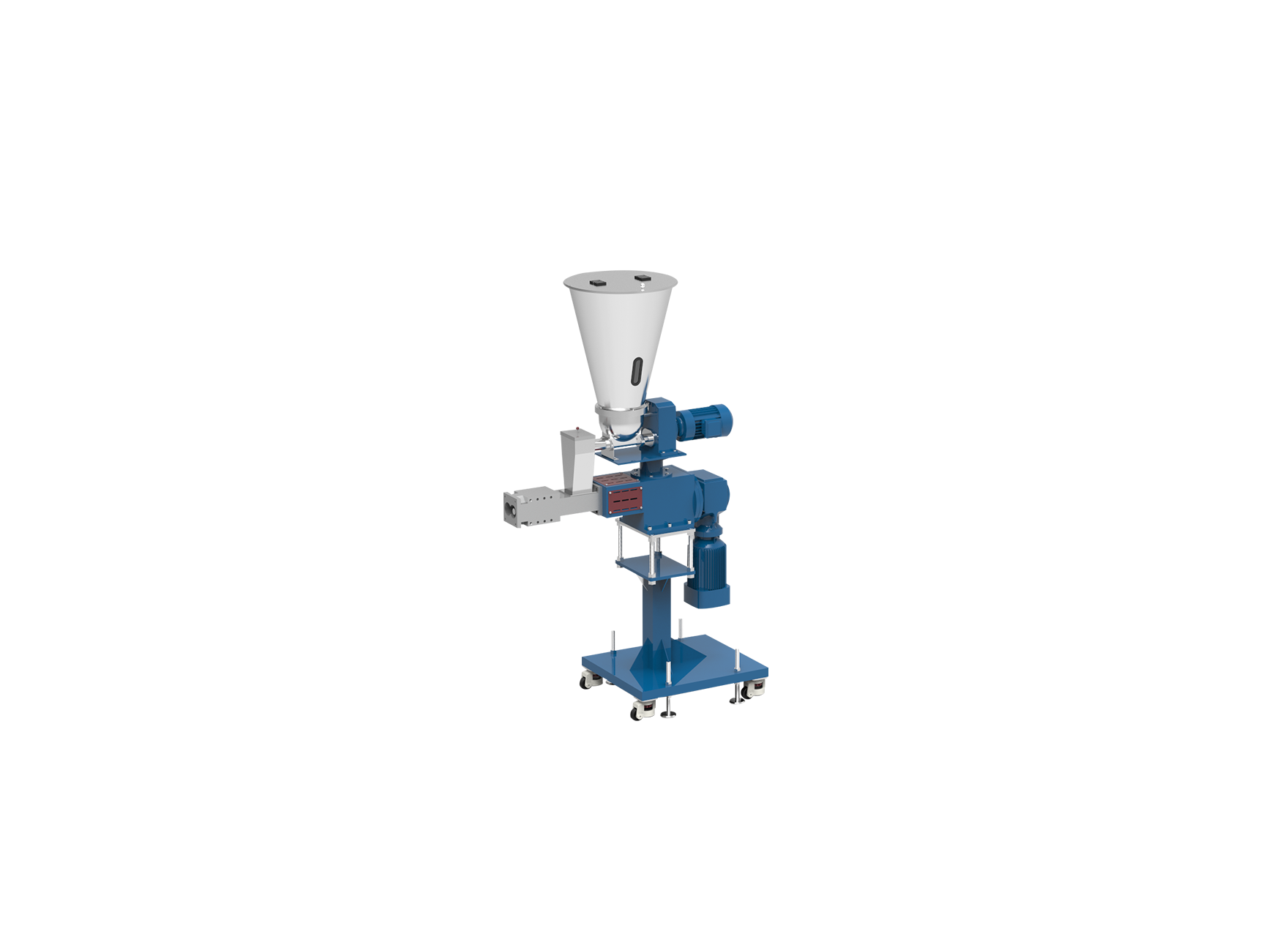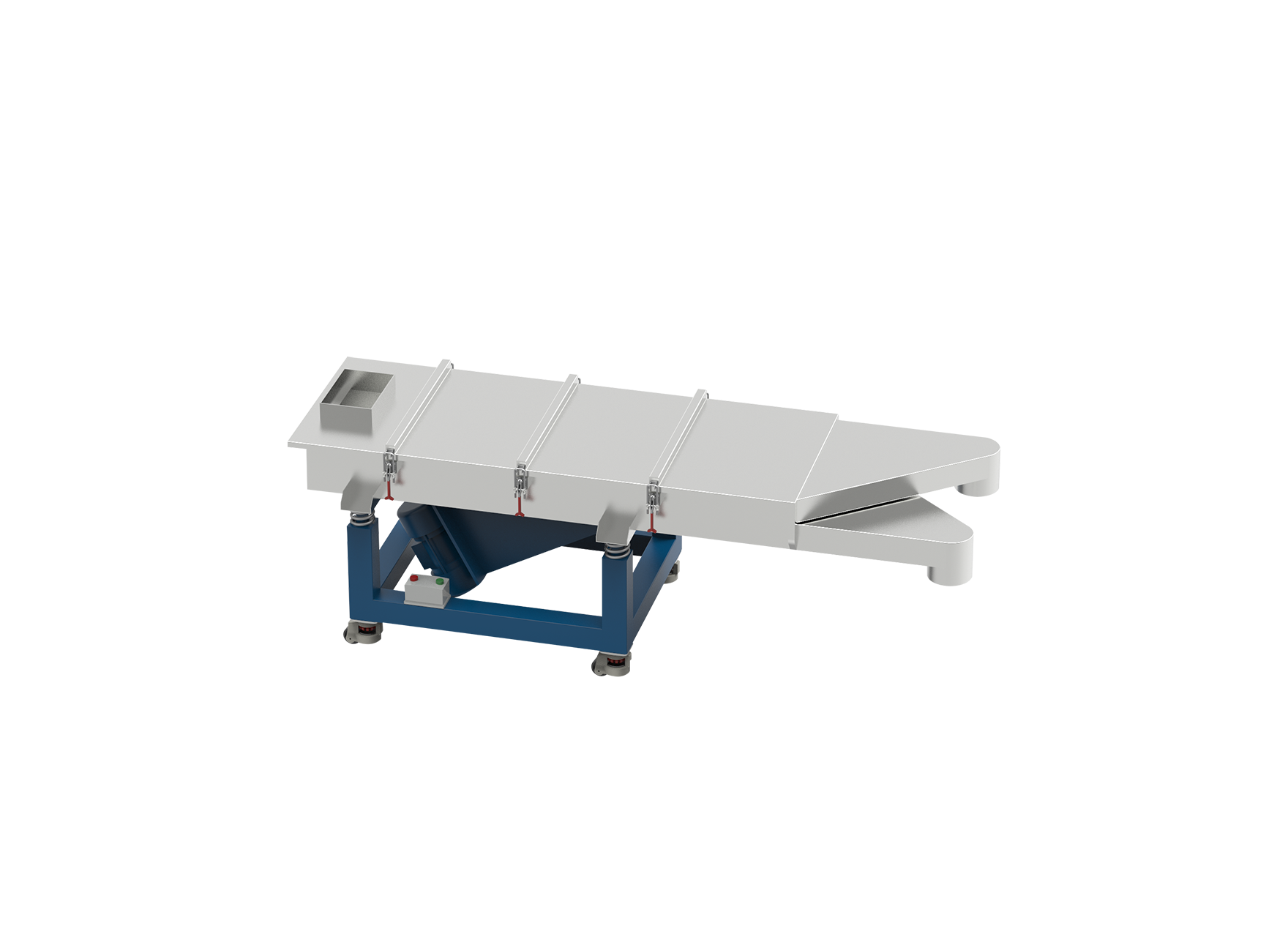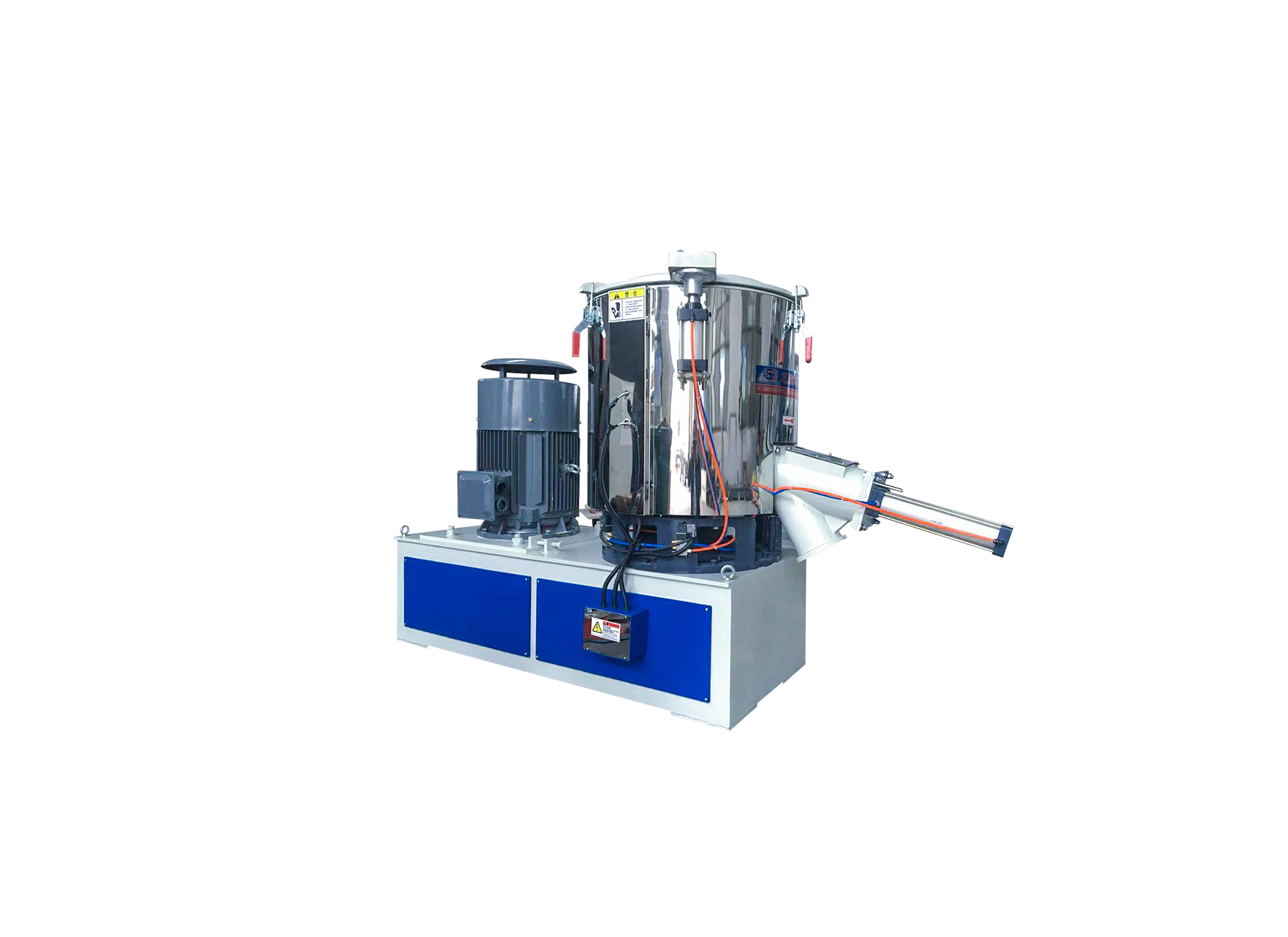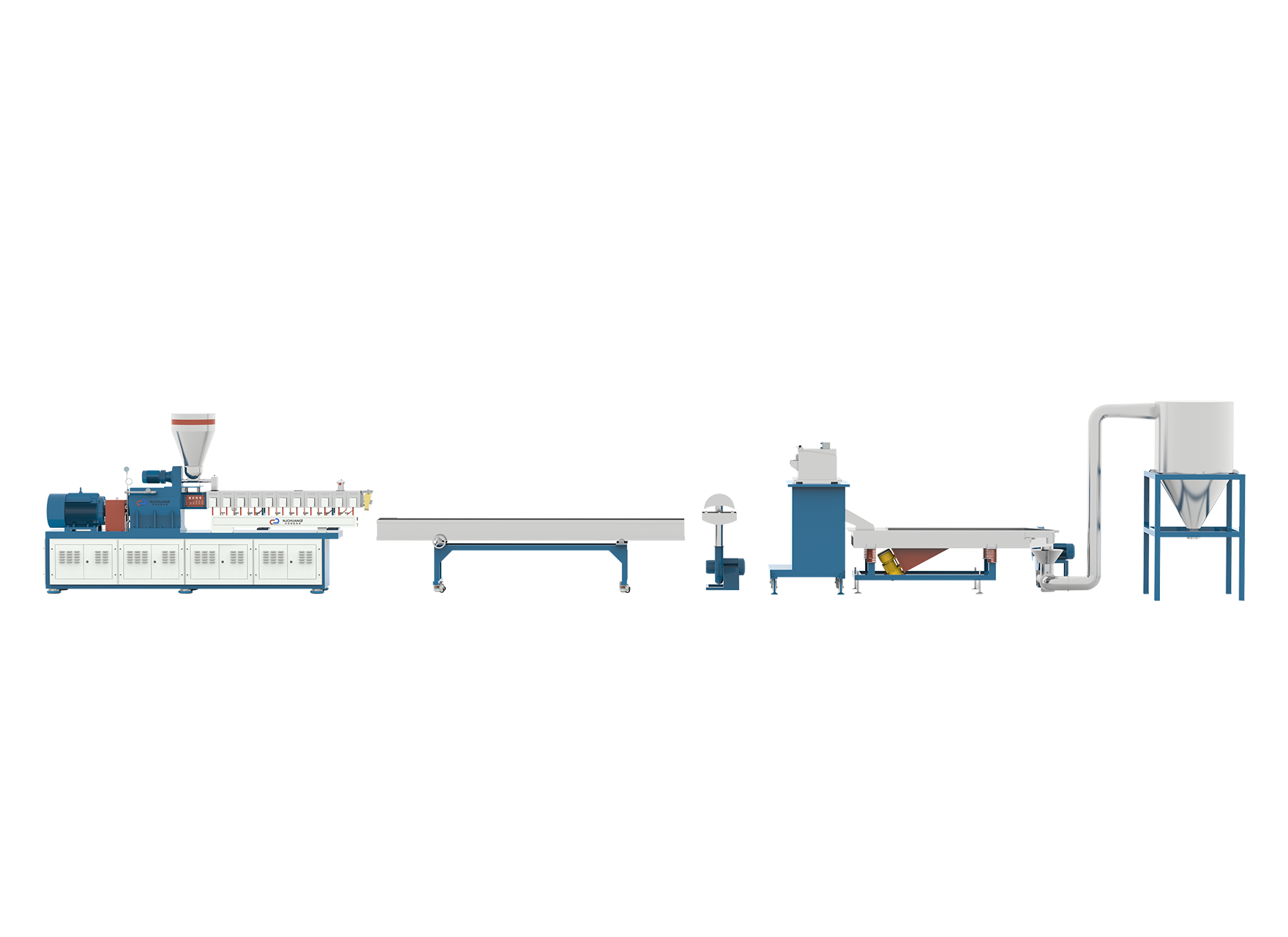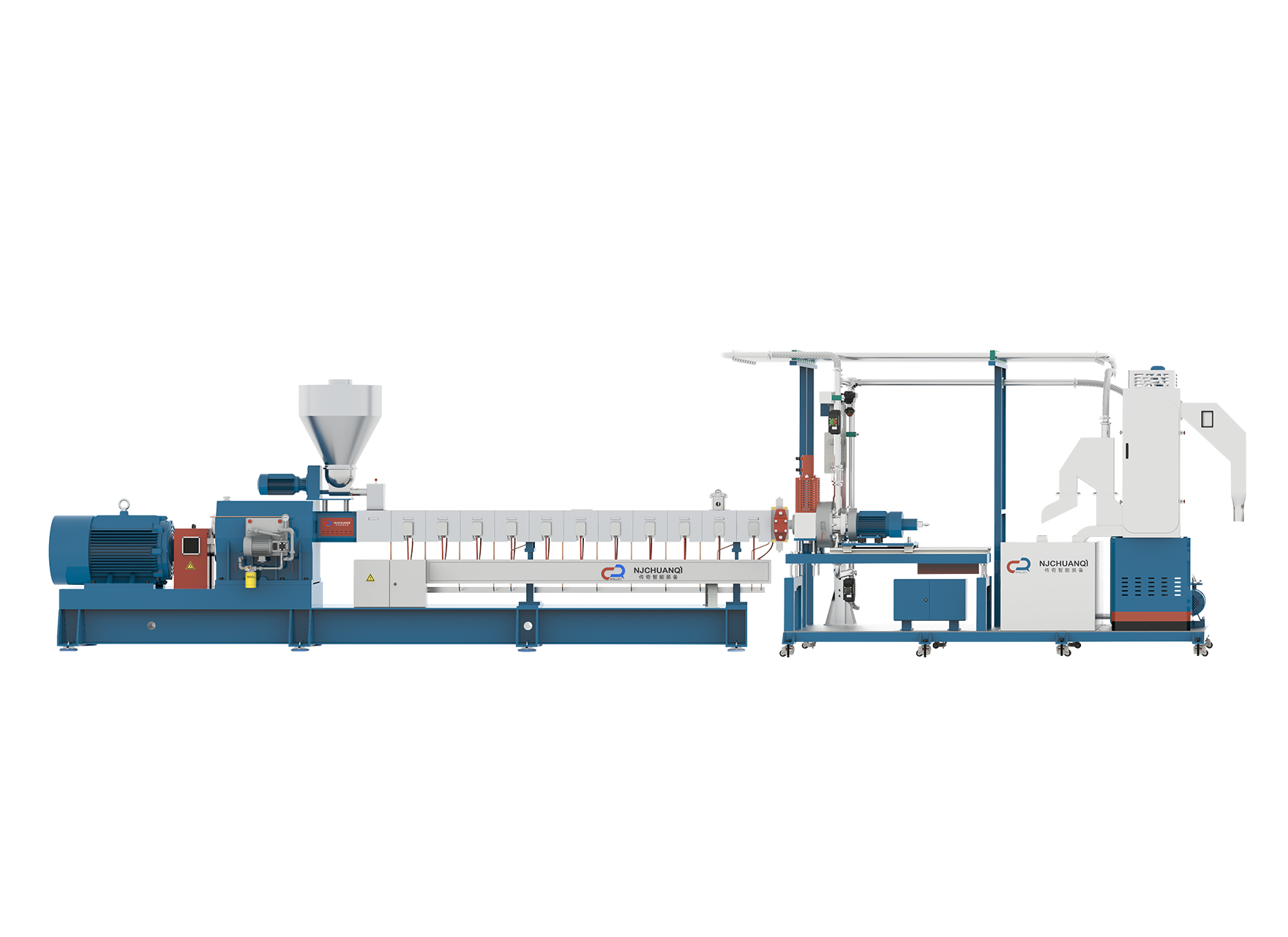The Plastic Underwater Pelletizer is a specialized piece of equipment designed for the efficient production of plastic pellets. It operates by extruding molten plastic through a die head directly into a cooling water bath. The instant quenching of the plastic strands in water results in the formation of uniform and high-quality pellets. This method is particularly advantageous for heat-sensitive polymers and materials with stringent size and shape requirements.
The Lab Pelletizer is a compact and versatile apparatus designed for small-scale polymer pellet production in laboratory settings. It serves as a crucial tool for researchers and product developers, allowing them to conduct precise experiments and optimize pelletizing parameters before scaling up to industrial production. This miniature version of the industrial pelletizer enables efficient testing of various polymer formulations, additives, and processing conditions. With its ability to replicate larger-scale processes, the Lab Pelletizer facilitates the fine-tuning of production methods and contributes to advancements in polymer research and development.
The underwater pelletizing process ensures the rapid cooling and solidification of the molten plastic, resulting in pellets with a uniform size and shape. This consistency is crucial for downstream processing and end-product quality.
Unlike traditional pelletizers that rely on air cooling, the underwater pelletizing method minimizes thermal stress on the polymer. This is particularly beneficial for heat-sensitive materials, preventing degradation and maintaining the integrity of the polymer structure.
The continuous operation of the underwater pelletizer allows for higher production rates compared to batch processes. The seamless integration of extrusion and pelletizing in a single system streamlines the manufacturing workflow, enhancing overall efficiency.
Plastic Underwater Pelletizers are versatile and suitable for a wide range of polymers, including thermoplastics, elastomers, and engineering plastics. This versatility makes them adaptable to diverse industrial applications.
The closed-loop water system in underwater pelletizing reduces water consumption compared to traditional methods. The water is recirculated, minimizing environmental impact and operating costs.
The operation of a Plastic Underwater Pelletizer involves several key steps:
Extrusion:
Molten plastic is extruded through a die head, forming continuous strands.
Underwater Quenching:
The extruded strands enter a cooling water bath, where they are rapidly quenched, solidifying into pellets.
Pellet Separation:
The pellets are separated from the water and conveyed for further drying and processing.
Water Recycling:
The water is recirculated through a closed-loop system, contributing to sustainable and efficient operation.
The Lab Pelletizer serves as an invaluable tool for researchers and product developers in the polymer industry. It allows for precise control over pelletizing parameters on a smaller scale, enabling the optimization of processes before transitioning to large-scale production. Researchers can explore various formulations, evaluate the impact of additives, and fine-tune processing conditions with the flexibility offered by the Lab Pelletizer.
As technology continues to advance, the field of plastic pelletizing is poised for further innovations. The integration of smart sensors and automation into Plastic Underwater Pelletizer systems enhances precision and control. Additionally, ongoing research focuses on expanding the range of materials suitable for underwater pelletizing, further broadening the applicability of this technology.
The Plastic Underwater Pelletizer, with its unique advantages in pellet quality, reduced thermal stress, and increased production efficiency, has become a cornerstone in polymer processing. The evolution of the Lab Pelletizer for research purposes underscores the continuous drive for improvement and innovation within the industry.

 English
English 中文简体
中文简体 русский
русский عربى
عربى +86-189 1339 2785
+86-189 1339 2785
